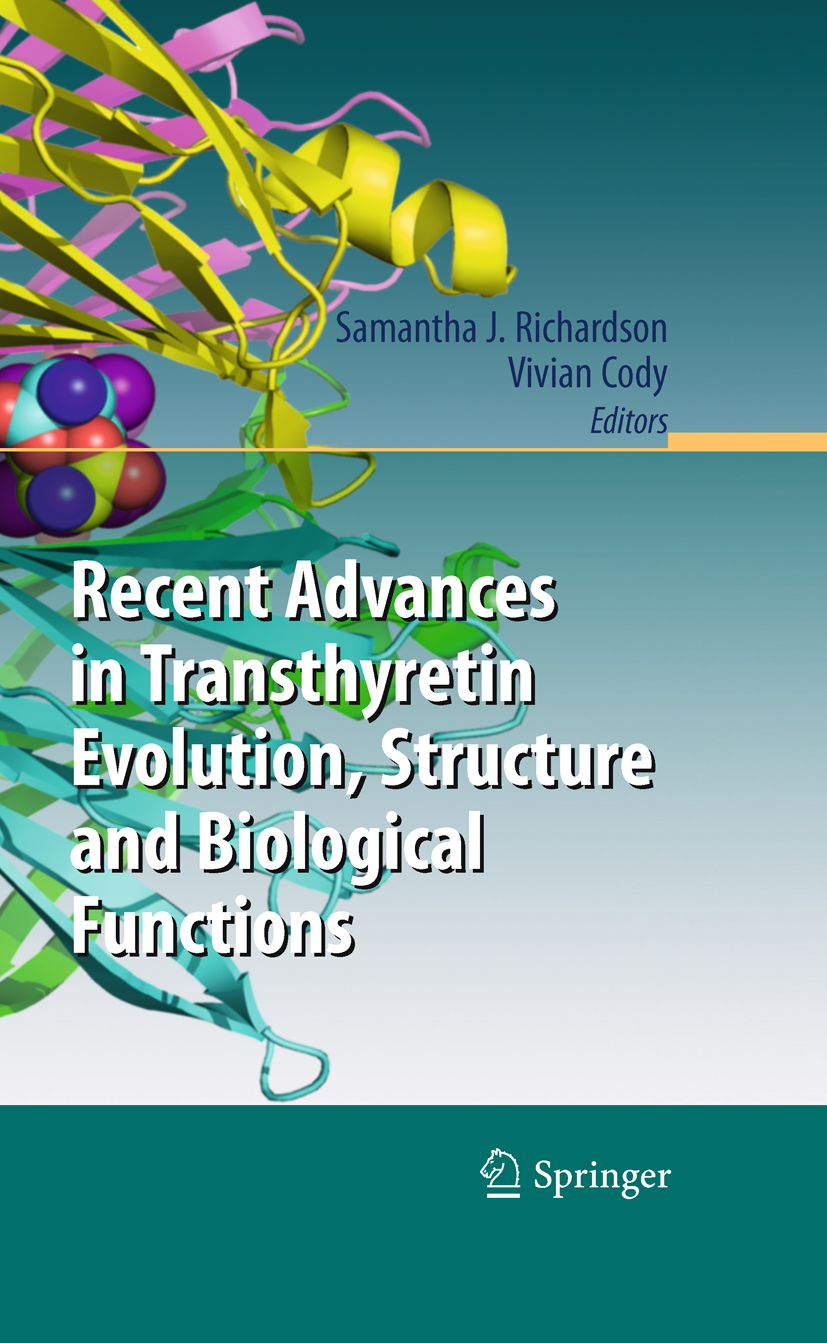Recent Advances in Transthyretin Evolution, Structure and Biological Functions
| Auflage | 1. Auflage, 2009 |
| Verlag | Springer-Verlag |
| ISBN | 9783642006463 |
Sofort zum Download (Download: PDF; Online lesen)
Produktbeschreibung
Since its ?rst description in 1942 in both serum and cerebrospinal ?uid, transthyretin (TTR) has had an eventful history, including changes in name from 'prealbumin' to 'thyroxine-binding prealbumin' to 'transthyretin' as knowledge increased about its functions. TTR is synthesised in a wide range of tissues in humans and other eutherian mammals: the liver, choroid plexus (blood- cerebrospinal ?uid barrier), retinal pigment epithelium of the eye, pancreas, intestine and meninges. However, its sites of synthesis are more restricted in other vertebrates. This implies that the number of tissues synthesising TTR during vertebrate evolution has increased, and raises questions about the selection pressures governing TTR synthesis. TTR is most widely known as a distributor of thyroid hormones. In addition, TTR binds retinol-binding protein, which binds retinol. In this way, TTR is also involved with retinoid distribution. More recently, TTR has been demonstrated to bind a wide variety of endocrine disruptors including drugs, pollutants, industrial compounds, heavy metals, and some naturally occurring plant ?avonoids. These not only interfere with thyroid hormone delivery in the body, but also transport such endocrine disruptors into the brain, where they have the potential to accumulate.
